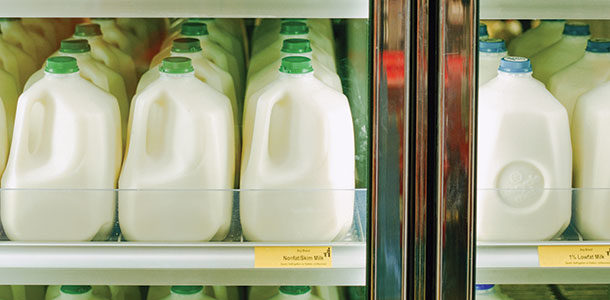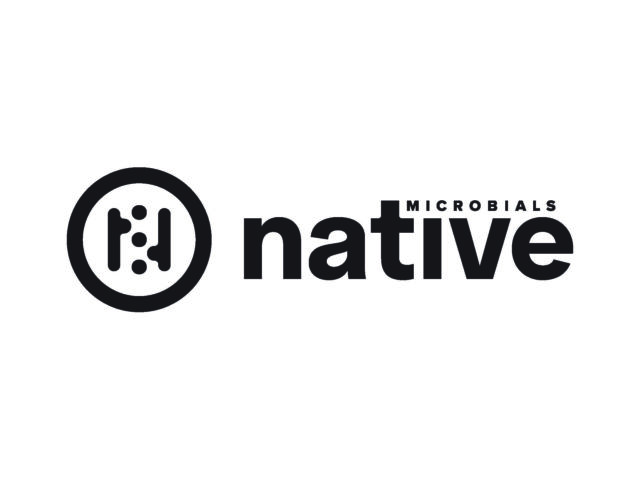Fluid milk sales continue to be a challenge. Per-capita consumption of fluid milk today is only about two-thirds what it was back in 1970. There has been little good news to report about fluid milk. Fortunately, there is now encouraging news. Some major dairy companies and cooperatives are stepping out, making a financial investment and seeking new opportunities for fluid milk. These new opportunities include processing, packaging and marketing milk with more protein or extended shelf life.
Granted, selling fluid milk with more protein or extended shelf life are not new technologies. Such products have been available for many years.
But these companies are taking old concepts, improving the process, implementing aggressive marketing and expanding distribution channels. This article takes a look at what is prompting the renewed interest in such products, the process and technology involved, and the opportunities they provide to sell more milk.
More benefits
Fluid milk has long been known as an excellent source of protein. In addition to the nutrition provided by milk protein, research shows that milk’s protein provides more benefits beyond just nutrition.
These benefits include helping people more easily lose weight; building muscle in conjunction with resistance-type exercises; helping the elderly strengthen bones and maintain muscles, thus preventing bone fractures; and speeding up the recovery process when exercising or engaging in sports.
These additional benefits continue to gain more attention and acceptance. Going forward, look for additional research to further substantiate these benefits and discover even more benefits.
Fluid processors marketing high-protein milk recognize this expanding list of milk protein’s benefits. They determined that adding more protein to milk has the potential to enhance the benefits and be more appealing to consumers.
Milk with above-average protein is an economical, high-quality, tasteful and convenient source of protein. Higher-protein milk is a protein source that meets the needs and lifestyle of many consumers and which consumers are willing to purchase.
High-protein fluid milk products, currently being marketed, contain from 12 to 25 grams of protein or more per 8-ounce serving. This compares to conventional milk with 8 grams per serving.
The method used to increase milk’s protein content varies and is proprietary. But based on ingredient labeling and public information, there are two primary methods used. The first is to add or fortify average milk with a dairy-based ingredient, such as milk protein concentrate or a whey-based product, such as whey protein concentrate.
All will boost the protein content in milk. A second method is membrane filtration. In simple terms, membrane filtration separates milk components and removes some water from milk. Membrane filtration produces high-protein milk without requiring additional dairy protein.
Extended shelf life
Just as the market has created a demand for high-protein milk, the same is true for extended shelf life milk. But first let’s explain what is meant by extended shelf life and the process involved.
Extended shelf life milk is ultra-pasteurized. The pasteurization temperature used for most conventional fluid milk is at least 161ºF. For ultra-pasteurization, the temperature goes to at least 282ºF. Ultra-pasteurized milk that is not aseptic-packaged still requires refrigeration and may have a shelf life from 30 to 90 days. This compares to a 21-day to 28-day shelf life for most conventional milk.
Ultra-pasteurized milk that is aseptic packaged is also referred to as long-life, shelf-stable or UHT (ultra-high temperature) milk. Aseptic packaging requires the sterilization of the package with the package tight enough to protect against light and oxygen. It is packaged in a sterile environment.
Under normal conditions, ultra-pasteurized milk with aseptic packaging has a shelf life of about one year and requires no refrigeration until opened. Outside the U.S., shelf-stable milk is common and widely accepted. Walk into a European grocery, and one will find more shelf-stable milk than fresh refrigerated milk.
In the past, a common challenge for both high-protein and extended shelf life milk was taste. Some milk drinkers, when consuming these milks, could detect a different taste compared to conventional milk. For high-protein milk, a “something added” taste may be detected.
Some milk drinkers may detect a “cooked” taste in extended shelf life milk due to the higher pasteurization temperature. Improved processes, technology and ingredients are meeting this challenge, thus making these milks more taste-appealing to consumers.
The major benefit of extended shelf life milk is it allows processors to distribute their product over a larger geographical area, including outside the U.S. When dealing with value-added milk, such as higher protein content, extended shelf life is even more important.
Processors of high-protein milk need more outlets to generate the volume needed to justify the production of such products. Extended shelf life milk allows these processors a larger potential market.
Opportunities
The growth potential for extended shelf life milk is significant, especially the international market. According to the U.S. Dairy Export Council, through the first 10 months of this year the U.S. exported about 165 million pounds of fluid milk.
This is 65 percent more milk of that type than we exported during the same period two years ago. It is assumed most of the fluid milk exported is extended shelf life, with the majority being shelf-stable milk. With the world demand for dairy products growing, this volume should expand each year. The market should also grow in the U.S.
Factors supporting domestic growth for these types of milk include improved taste; fewer fluid milk plants and those remaining needing to expand their volume; the diminishing size of U.S. households; more value-added or specialty milks such as high-protein ones; more competition with conventional milk; and more efficient distribution.
A year or two from now will tell us the success of high-protein milk. One of the obvious challenges is the additional cost of high-protein milk versus conventional milk. However, the success of Greek yogurt shows that consumers are willing to pay for quality and protein. Consumer lifestyles all point to wanting a convenient, tasteful and high-quality source of protein.
Based on published market research to date, it appears that high-protein milk consumers are new milk consumers. In other words the product does not cannibalize conventional fluid milk, equaling new milk sales.
Plus, having Coca-Cola, a household name, partnering with a dairy cooperative to market high-protein milk, along with its extensive distribution network and marketing expertise, adds much to making the product a success.
Finally, dairy farmers should be pleased that dairy companies and cooperatives are making the needed financial investment and seeking new opportunities to sell more fluid milk. If they are successful all dairy farmers benefit. Increasing the demand for milk increases the farm milk price. PD
Calvin Covington is a retired dairy cooperative CEO and now does some farming, consulting, writing, and public speaking.
Photo by Thinkstock.

Calvin Covington
Retired Dairy Co-op Executive






